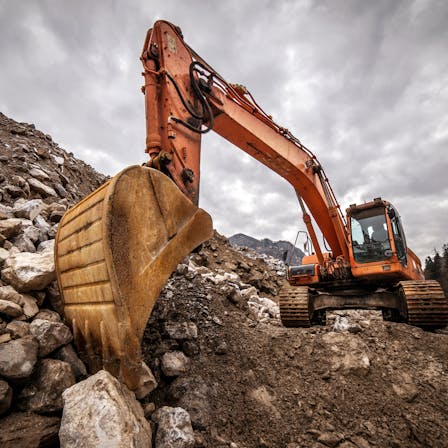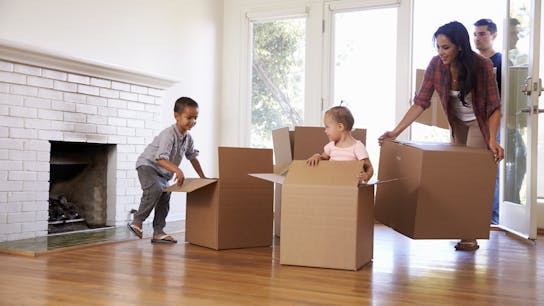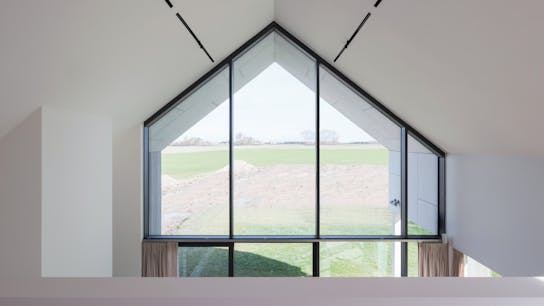Energy payments instead of bills
What if you received energy payments rather than energy bills? And lived in a house that contributed positively to reducing environmental impacts? That’s the promise of zero-energy construction1, where a house is so resourceful in using energy efficiency measures that its energy consumption is cancelled out – or even exceeded – by renewable energy generated onsite or nearby.
When buildings account for around one-third of global energy consumption and 20 percent of CO2 emissions (as much as 50 percent in major cities2), anything we can do to make them more efficient is positive. To reach the Paris target of limiting global warming to 1.5 degrees Celsius, however, we will need to build new buildings – and renovate existing stock – to net zero standards by 20503.
Ambitous goal
In 2010, the EU agreed that all new buildings in European Union countries should be built to nearly zero-energy levels (nZEB) by 20204. It’s a demanding target, but the nearly zero goal can be reached using technology that already exists: “passive” measures (such as insulation) combined with the use of renewable energy. As well as making minimal contribution to CO2 emissions, these buildings make other positive contributions as well.
They reduce energy dependency, ultimately giving countries and regions more control over their energy supply; and they create jobs and stimulate economic growth. There is a significant financial benefit too. Energy efficient design can save as much as 80 percent of the operating costs of a building, often at little or no extra cost over the lifetime of the measure5.
Because it is so effective in retaining heat or keeping it out, ROCKWOOL stone wool insulation helps builders to create net zero buildings. It reduces the need for additional heating and cooling, significantly reducing energy demand and emissions.
1: Zero Engergy Project, "What are Zero Energy Homes"
2: C40 Cities, “Urban Efficiency II: Seven Innovative City Programmes for Existing Building Energy efficiency”
3: World Green Building, "From Thousands to Billions"
4: European Commission, "Nearly zero-energy buildings"
5: Buildings Performance Institute Europe (BPIE), "Principles for nearly zero-energy buildings"





